Unpacking student self-assessment processes: CRADLE Seminar Series
7 November 2018
Student self-assessment (SSA) was the subject of the latest thought-provoking presentation in CRADLE’s 2018 Seminar Series. Visiting academic A/Prof. Yan Zi (The Education University of Hong Kong) shared insights from a series of studies designed to address existing practical and conceptual gaps in the SSA literature.
Here, CRADLE Fellow Dr Bhavani Sridharan reflects on her key takeaways from the seminar. A link to view Yan Zi’s slides is also available at the bottom of the page.
A/Prof. Yan Zi’s interesting and insightful presentation, ‘Unpacking students’ self-assessment processes: From theory to practice’, covered gaps in theory, measurement and practice, using a combination of qualitative and quantitative research methods in a Hong Kong school education context.
The first focus of Yan Zi’s presentation involved unpacking the inner process of self-assessment, considering there is no consensus on ‘what self-assessment is?’ and the inner process is a ‘black box’ in the current literature. To fill this gap, this study identified three important processes in a cyclical self-assessment, including determining criteria and self-directed feedback-seeking from both internal and external sources. In this cyclical model, students go through multiple iterations of self-assessment processes while embedding calibrations. Yan Zi underscored the key role of going beyond self-rating and self-grading by facilitating conditions for enhancing actively feedback-seeking behaviour. He also highlighted that self-assessment skills can be developed via instruction programs and concrete intervention programs, and stressed the role of internalised standards in benchmarking self-assessment against criteria – which is a dynamic process and changes across time and context.
The second focus of Yan Zi’s presentation was around addressing the need for a theory-based instrument to measure the inner process of self-assessment. This involved the development of a measurement instrument with four constructs: inquiry; monitoring; internal sources; and self-reflection. Yan Zi’s findings from a large-scale survey of students’ self-assessment practices included: female students demonstrated higher levels of self-assessment capability than male; older students were less likely to engage in self-assessment practices; and students with a higher level of goal orientation, or a lower level of performance orientation, are more likely to seek feedback on their own performance.
The third focus was to explore the predictors of self-assessment intention and practice to promote meaningful self-assessment processes. Yan Zi’s findings indicated that attitude, subjective norms and self-efficacy are the significant factors influencing self-assessment intention and practice. Even though psychological safety was hypothesised to significantly influence the outcome variables, Yan Zi’s results indicated its weak effect on outcome variables.
Reflecting on these findings, the key take-home messages for me are: educating students on developing self-assessment skills via more structured instructional programs; deep learning through facilitating repeated exposure to self-assessment practices; implementation via formative assessments with learning orientation rather than performance orientation; and providing conducive environments (e.g. psychological safety) for honestly and accurately assessing one’s own achievement.
However, I see some tension between practical implementations of self-assessment practices in reality. For example, students engage with such self-assessment activities only if it is counted towards a final grade, particularly in a higher education context. On the other hand, if it is included as part of a summative assessment task, the honesty and accuracy of self-assessment is at risk, losing the whole learning plot of the exercise. We need some strategies to circumvent these challenges and encourage higher education students to authentically practice enhanced feedback-seeking behaviour.
View slides from Yan Zi’s presentation here.


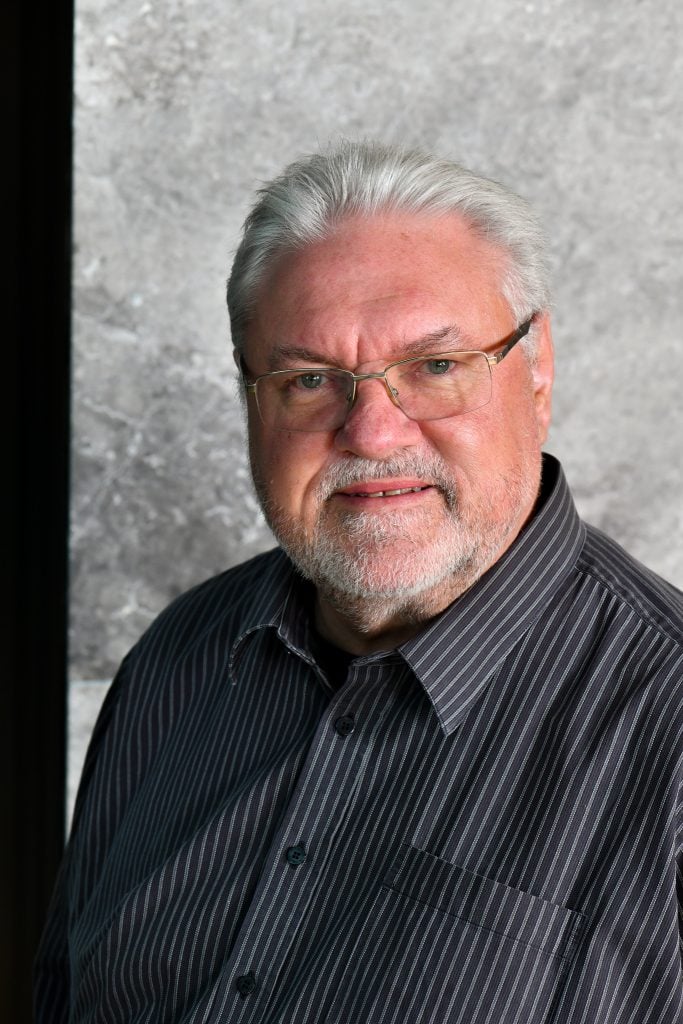
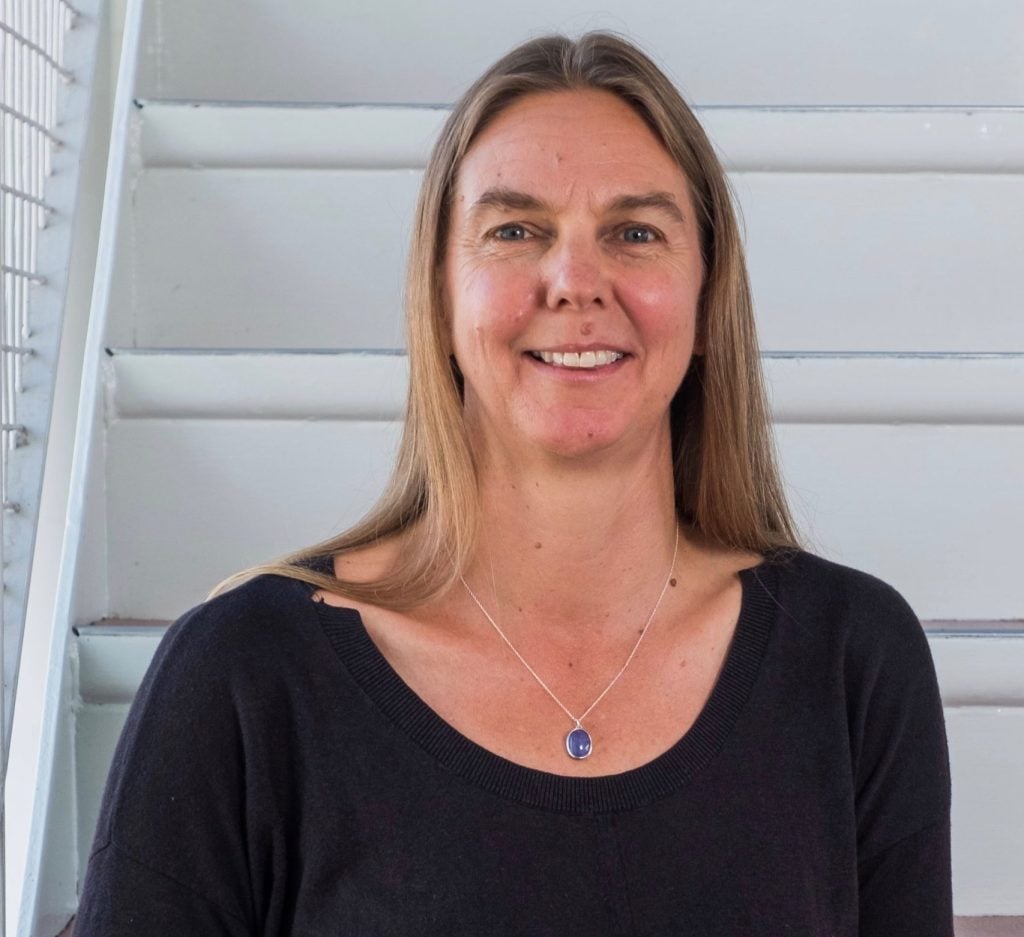


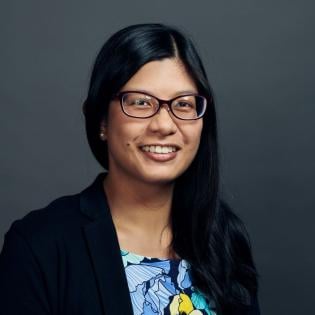

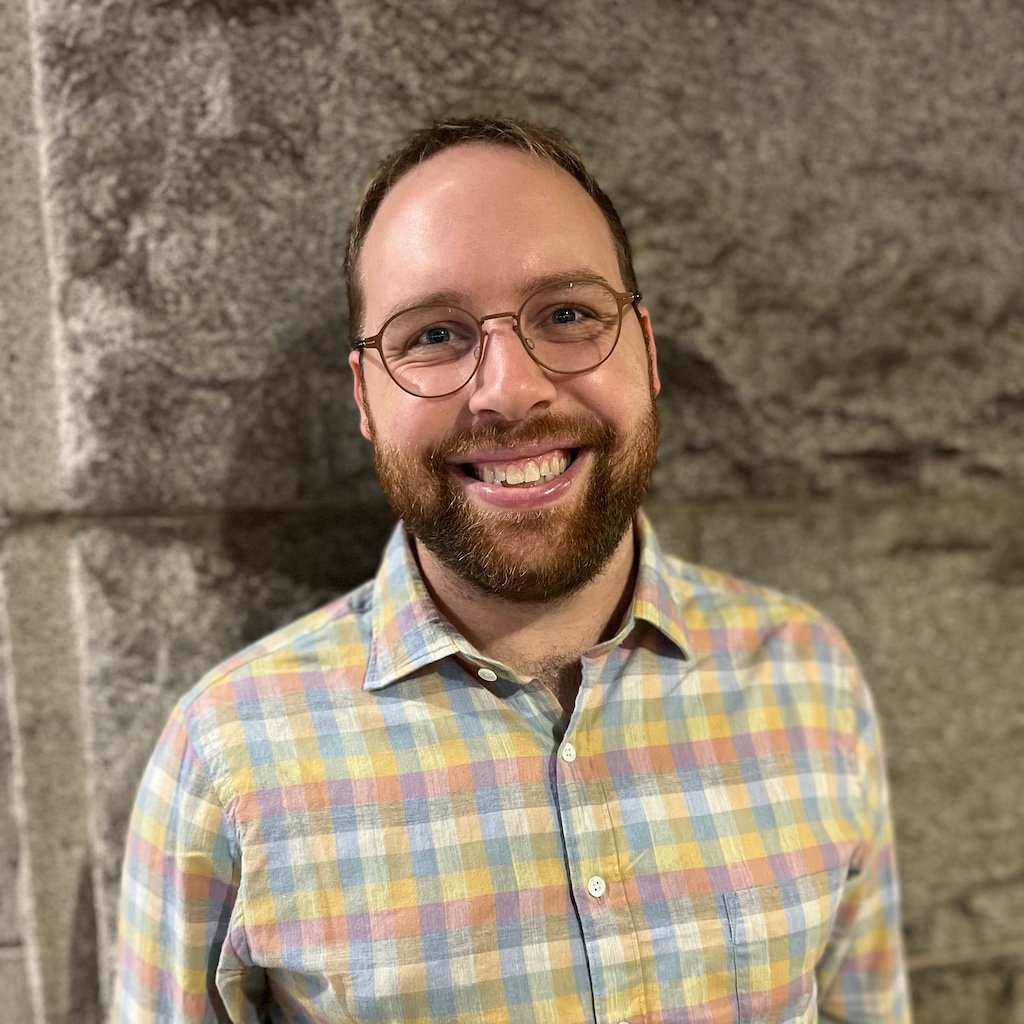
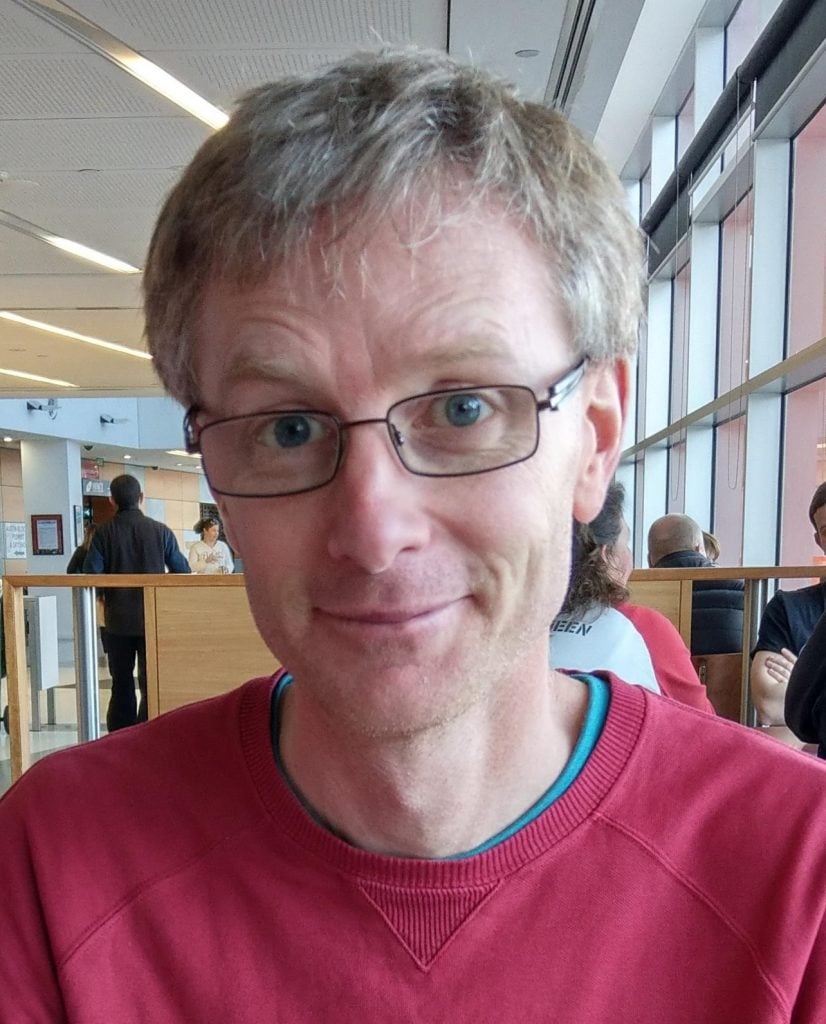
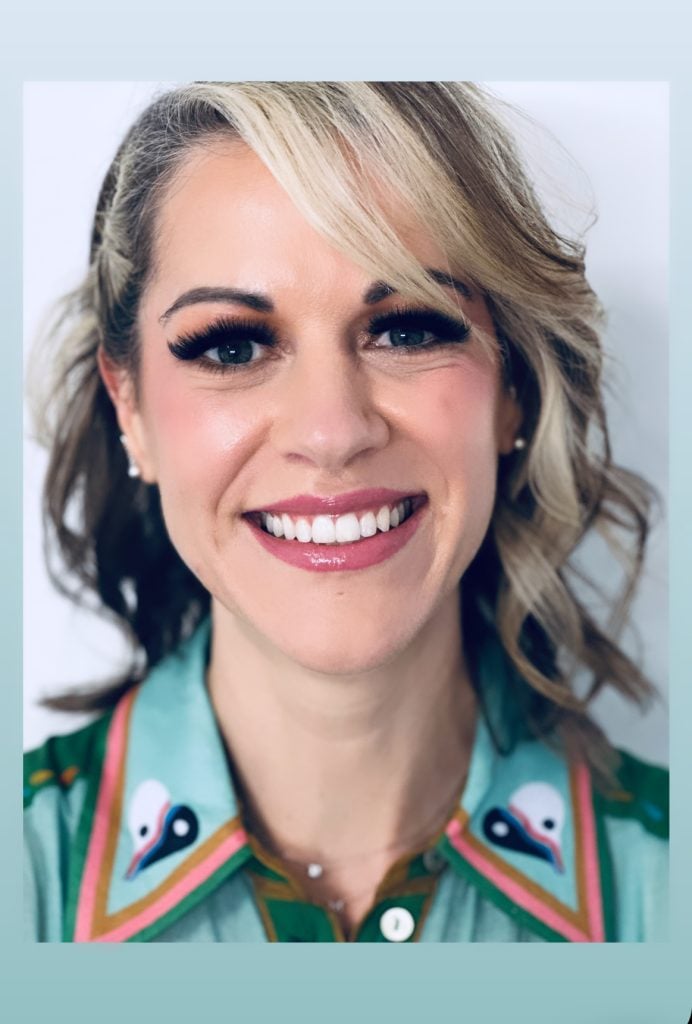

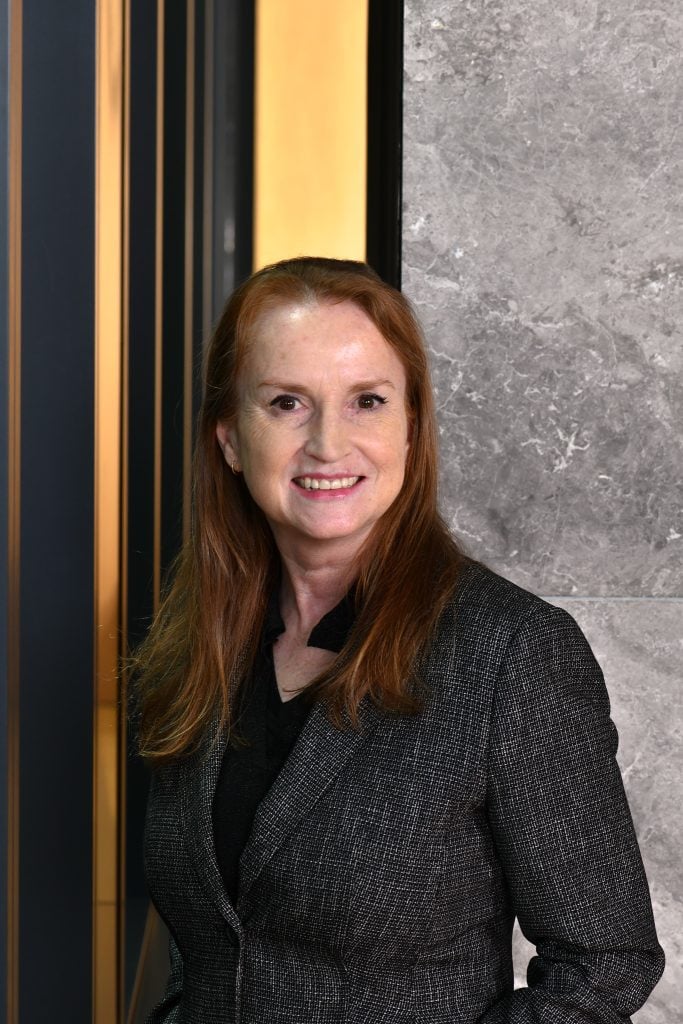
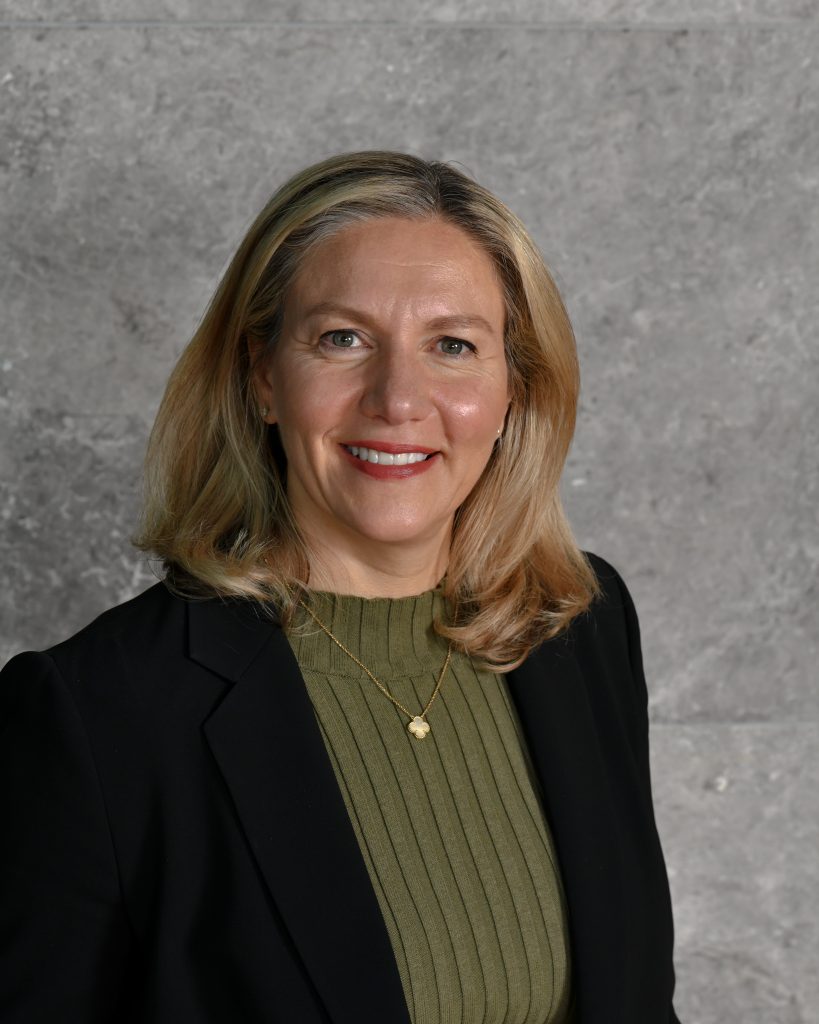
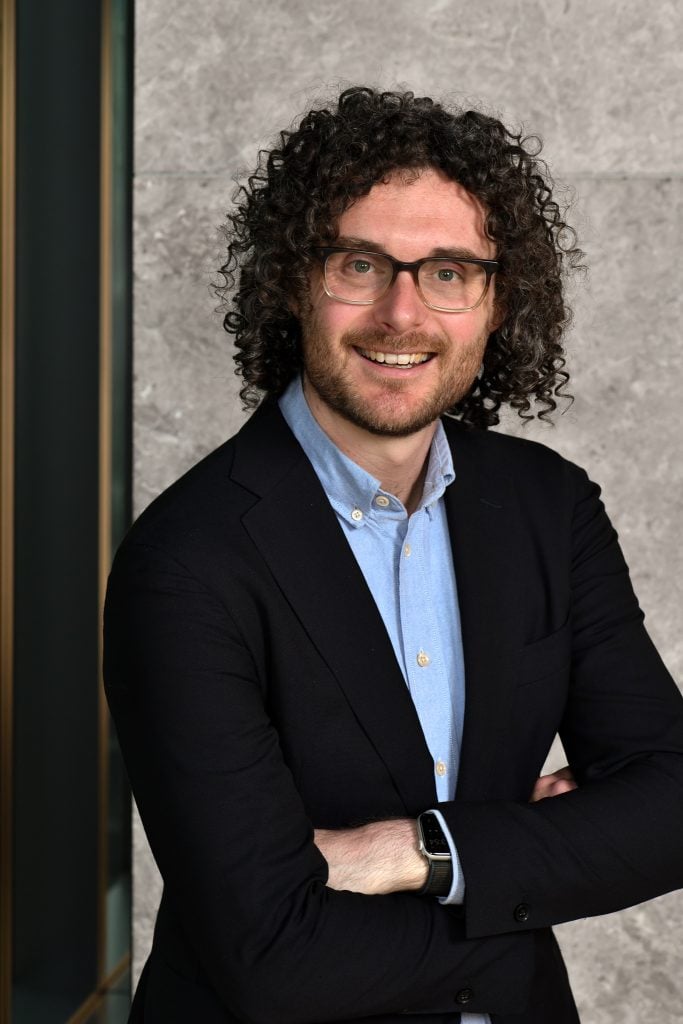
Pingback: CRADLE News: Q&A with visiting academic Yan Zi
Pingback: CRADLE News: Shaking power structures through summative self-assessment: CRADLE Seminar Series